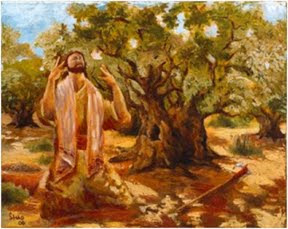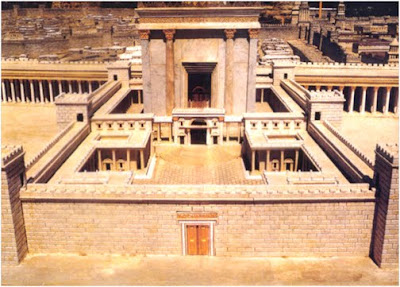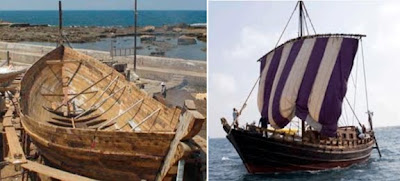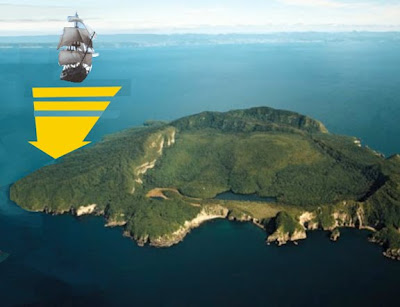2. Sorenson goes on to write: “Yet Sherem had never met Jacob, the chief Nephite priest (see Jacob 7:1-26), and he had come from some other settlement.
Jacob wrote: “And now it came to pass after some years had passed away, there came a man among the people of Nephi, whose name was Sherem. And it came to pass that he began to preach among the people, and to declare unto them that there should be no Christ. And he preached many things which were flattering unto the people; and this he did that he might overthrow the doctrine of Christ. And he labored diligently that he might lead away the hearts of the people, insomuch that he did lead away many hearts; and he knowing that I, Jacob, had faith in Christ who should come, he sought much opportunity that he might come unto me” (Jacob 7:1-3).
First of all in this, there is no indication in the record that Sherem and Jacob had never met. All we know is that Sherem was unable to gain an audience with Jacob for some time. It is very possible Jacob did not want to meet with Sherem, knowing the man’s attitude and his false preaching, or he wanted to delay any confrontation until after Sherem had placed himself outside the “law” of the Christ, or it could be that the Lord told Jacob not to meet with him until after the man had placed himself outside the forgiveness area by denying the Holy Spirit. We simply do not know why it took some time for Jacob to finally meet with Shrem—nor do we know how much time is meant in “sought much opportunity.” Or it could have been none of those—Jacob obviously would have been a busy man as prophet. There could have been many needs far greater than to satisfy a dissenter’s invitation to meet, such as administering to the people and conducting the affairs of his office.
 Second, we do not know he came from some other settlement. All we know is that he “came among the people.” Abinadi “came among them” in disguise for they knew him and he had been among them before (Mosiah 12:1). Prophets “came among” the people to declare their iniquities (Alma 37:30). Then, too, “came” is the past tense of “come,” which means that Sharem went among the people—which means he could have come from his house, the outskirts, another village or settlement, or from the rank and file, or from the dissenters. “Came” does not necessarily mean he “came from another settlement, or from a far distance.” All we know is that in this case, it merely means he went among the people.
Second, we do not know he came from some other settlement. All we know is that he “came among the people.” Abinadi “came among them” in disguise for they knew him and he had been among them before (Mosiah 12:1). Prophets “came among” the people to declare their iniquities (Alma 37:30). Then, too, “came” is the past tense of “come,” which means that Sharem went among the people—which means he could have come from his house, the outskirts, another village or settlement, or from the rank and file, or from the dissenters. “Came” does not necessarily mean he “came from another settlement, or from a far distance.” All we know is that in this case, it merely means he went among the people.Third, a community of about 1300 people would be of some size in that era, and likely lead to some families living a little distance away from others. Take for example a present-day Ward, which is about 500 people, then add two more Wards of nearly 500 people each, which would be about the size of the colony Jacob oversaw as Prophet. Does one person know everyone else in their Ward? Typically not, let alone another Ward in their community. Even in Salt Lake where a Ward can be made up of a few square blocks, people do not normally know those of another Ward next to them.
In any event, Sorenson’s “few dozen adults” is obviously a misleading term and concept. Common sense tells us that very few people would know everyone in such a community—they would know those with shared interests, business, and hobbies, or, in this case, religion—but not necessarily those of another group with different shared interests, business, hobbies or religion. We also find that prophets are busy people and not always available to just anyone. And throughout the Nephite history we find that dissenters typically separated themselves from the rest of the group.

































